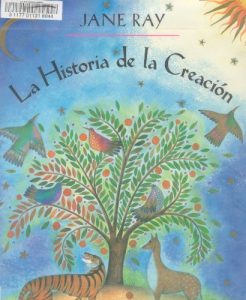 The story of Genesis is told in Spanish and illustrated using an eclectic mix of folk-art traditions in pictures that colorfully depict the symbols of life and the beauty of nature.
The story of Genesis is told in Spanish and illustrated using an eclectic mix of folk-art traditions in pictures that colorfully depict the symbols of life and the beauty of nature.
Age
Catalog sorted by age group
La Cancion De Gabriela: Como Me Adapto A Un Lugar Nuevo?
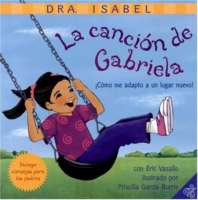
“Kíkiri-Kíkiri-kí, Kíkiri-Kíkiri-ká. Yo no tengo miedo, porque el miedo no me va”. ¡Todos a cantar con Gabriela! Esta tierna y alegre historia está diseñada para ayudar a los más pequeños a superar los miedos relacionados con los cambios de casa, ciudad o país. El libro también incluye consejos útiles para los padres.
I Can Read Spanish
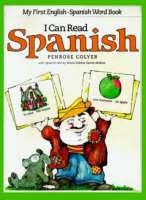
Double-page spreads contain cartoon-like illustrations and sentences, in both Spanish and English, about Miguel and his friends. An introduction covers pronunciation and includes tips on reading.
Young Zorro (Spanish Edition): El Joven Zorro: La Marca De Hierro
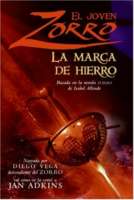
De niño, a Diego le interesaba más montar a caballo y hacer travesuras con su mejor amigo, Bernardo, que luchar contra la injusticia. No obstante, cuando comienzan a desaparecer algunos hombres del pueblo de los Ángeles y ganado del rancho del padre de Diego, él y Bernardo se topan con una injusticia tan grande que tienen que tomar acción.
Inspirada en la novela Zorro de Isabel Allende, que narra cómo Diego de la Vega se convirtió en el legendario héroe enmascarado, El joven Zorro: La marca de hierro introduce a los lectores a una tierra de vaqueros y secuestradores: un mundo lleno de emociones en el que se forma el joven héroe.
Read All About It! (Spanish Edition): Leer Para Creer!
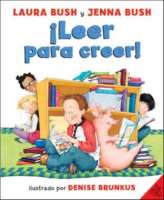
Tyrone loves school, but he doesn’t like to read, until one day, while his teacher is reading aloud, more than words come out of the book–Tyrone and his friends are swept up in a mysterious adventure that lands them in a most unexpected place.
Apolo / Apollo- Rundrum Schon! (Libros Del Mundo) (Libros Del Mundo)
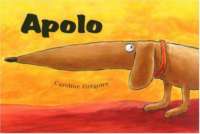
Apolo no es un perro común y corriente. Él es el perro más adorable, más obediente, más listo de todo el ancho mundo. Y además, ¡puede hacer trucos de magia! Él es verdaderamente excepcional.
La Lagartija y El Sol / The Lizard And The Sun: A Folktale In English And Spanish
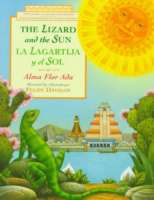
In a folktale illustrated with Aztec-Mexican artwork, the sun falls asleep behind a rock, blanketing the world in darkness, and is discovered by a faithful lizard, who, with the help of the emperor, encourages the sun to wake up.
What Is Your Language?
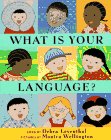
Russian, Japanese, Swahili, Spanish… how does each language sound? What are the people of each culture like? Children can find out with this brightly illustrated introduction to foreign lands. “Along with the pleasure of adventure is the recognition of community with kids everywhere.” -Booklist
Los Pueblos (Pueblos Americanos Nativos) (Spanish Edition)
A history of the Indian groups known collectively as Pueblos because of the sculpture-like villages in which they lived at the time the Spaniards arrived in North America.

